Did you know? In Uganda, over 70% of the population lives in rural areas, yet more than half have limited access to quality health care services due to distance, health worker shortages, or inadequate facilities. This single fact reveals a powerful truth: a hospital's true walls are not its physical boundaries, but the reach of its community partnerships. From bustling Kampala slums to remote village trails, the future of medicine lies in closing the gap between health teams and the people they serve. This article explores why visionary community outreach and not just concrete hospital walls, is Uganda’s greatest tool for building healthier, more resilient communities.
Opening the Borders: Village Health Begins at the Edge of the Hospital
"In Uganda, the true perimeter of care is neither bricks nor gates, but the reach of community hands."
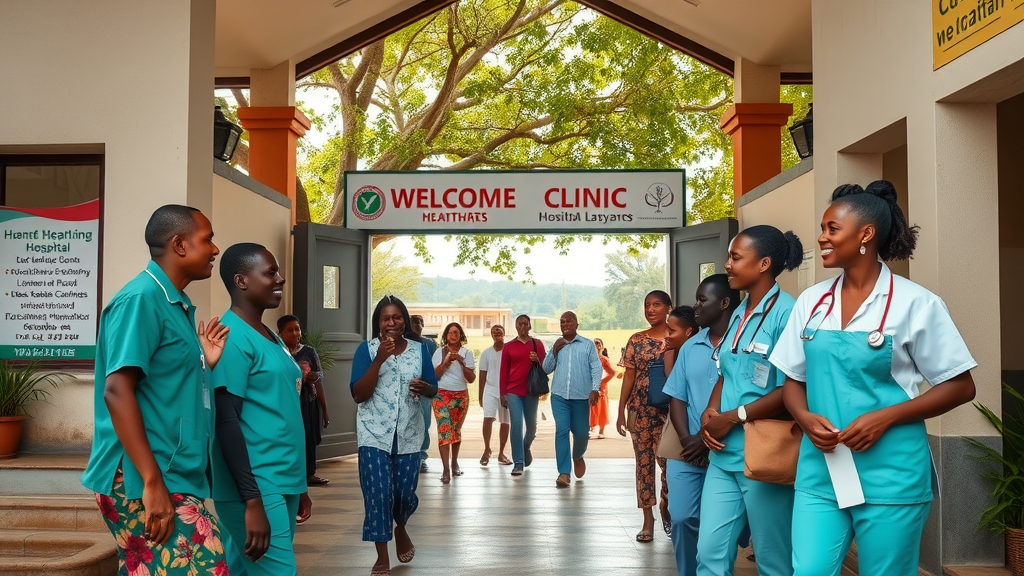
The story of Ugandan health care shifts dramatically when you step outside a hospital’s gate. Village health is not a secondary thought, but the very starting point of real care. Where paved hospital corridors end, dirt roads and community paths take over. Yet out there, families too often face a stark reality: the journey to care is long and uncertain, made harder by shortages of health workers, mobile clinics, and resources. In both Uganda’s rural areas and its rapidly expanding urban neighborhoods, a hospital’s “borders” have everything to do with community access, a lesson that’s changing modern health policy across the nation.
To craft a powerful, visionary article on the theme, “a hospital's true walls are the borders of its community,” we must look beyond bricks and mortar. Health care’s future is about removing barriers, not reinforcing them. Outreach, taking health services to where people live—brings quality health and hope to everyone, especially in a country where traditional health facility limits have left millions underserved. Every health worker venturing into communities becomes a living extension of the hospital itself, dramatically redefining what it means to deliver care services.
What You’ll Learn: The New Vision of Crafting Powerful Community Health Care
The urgent healthcare challenges in both rural and urban Uganda
Why proactive outreach is modern medicine’s strongest tool
How community partnerships create sustainable health solutions
Stories of transformative outreach and data analysis insight
Practical ways organizations and health workers can collaborate
Community Outreach: The Spirit of Modern Health Care
Why a Hospital’s True Walls Are the Borders of its Community
"It is not the gates, but our willingness to serve beyond the gates, that defines our impact."
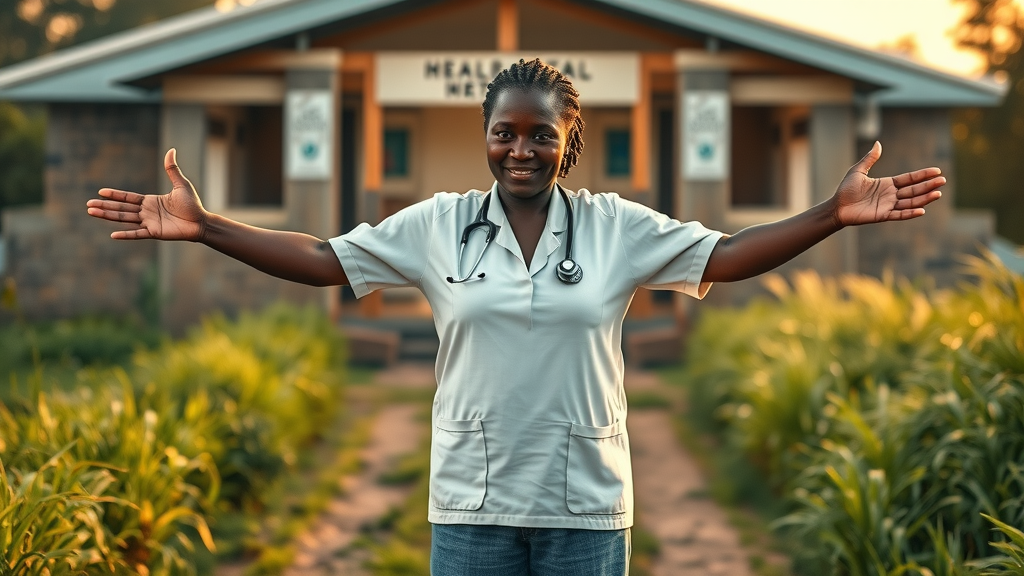
The most profound transformations in Uganda’s health sector are not taking place inside operating theatres, but outside—on the dusty roads, under village trees, and in crowded urban settlements. Health care is being reimagined as an interconnected care system linking dedicated health workers with the daily lives of community members. This is the core philosophy that redefines the health services offered not as static, boundary-limited functions, but as dynamic, evolving relationships extending outward from each hospital’s heart.
When outreach becomes central to health policy, it shatters the outdated belief that health facility effectiveness can be measured by beds and walls alone. Instead, true success is found in health organization teams reaching urban youth, teaching rural mothers, and partnering with local leaders. By shifting to this community health model, the hospital and its staff become not just care providers, but catalysts for public health success and champions of universal health access.
The Landscape of Health Facilities: Rural Versus Urban Uganda
Rural Areas: The Struggle for Quality Health and Care Services
Distance, Data Analysis, and Health Worker Shortages

Rural Uganda showcases both the resilience and the challenges of the country’s health system. In many districts, a single village health worker often covers several villages, walking miles over rough terrain to reach families with medicine, health education, and vital information. The struggle is not just physical—data analysis from the Ministry of Health and the World Health Organization reveals that public health facilities in the countryside serve up to five times more people than they are designed to handle. Problems such as inadequate staffing, scarce equipment, and unreliable transport are all too common.
The impact is profound: children go unvaccinated; treatable illnesses become fatal; maternal deaths rise. Facilities are stretched to their limits, and health teams are often forced to prioritize emergencies over essential preventive care. For Uganda to achieve true quality health for all, these invisible barriers must be broken down. Outreach initiatives, enhanced training for health workers, and investment in data-driven planning are not luxuries—they are public health necessities.
Urban Realities: The Invisible Walls of Urban Slums
Overcrowding, Limited Health Facilities, and Barriers to Access
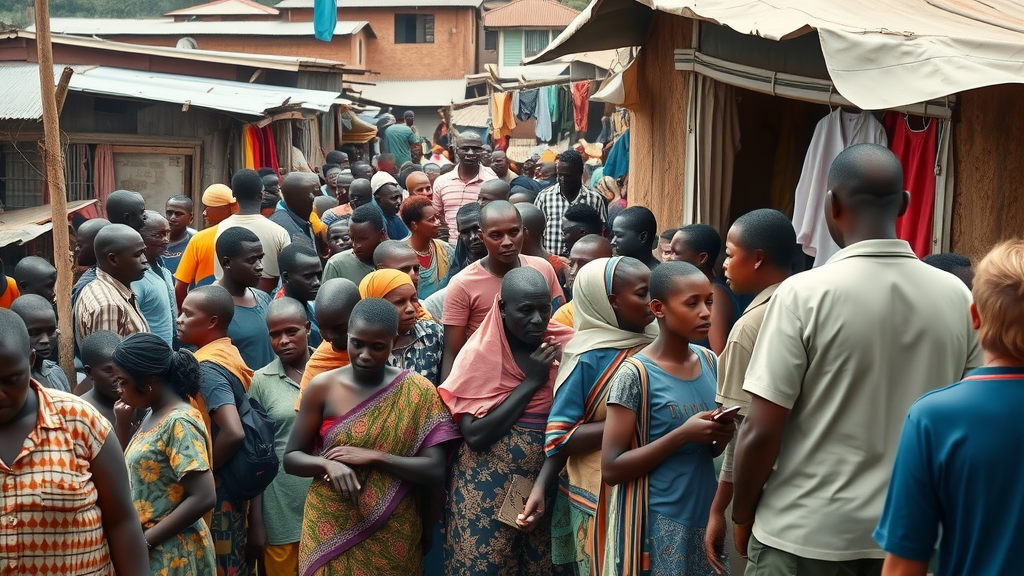
While rural Uganda faces geographical barriers, urban centers wrestle with a different set of obstacles. Cities like Kampala, Gulu, and Mbale are home to dense informal settlements where thousands of families live without access to proper sanitation, clean water, or reliable health services. Health facilities are often overcrowded, underfunded, and ill-equipped to serve the fast-growing urban population. Here, the “walls” are invisible: poverty, stigma, and lack of information all contribute to a sense of exclusion.
Urban community members may live within sight of a large hospital, yet find it just as inaccessible as if it were miles away. Social and economic inequalities heighten health risks for women, youth, and vulnerable groups. Innovative outreach—like deploying peer health educators and mobile clinics—offers a lifeline, bringing both prevention and hope to neighborhoods on the margins. It’s a vital reminder: access to health extends beyond mere proximity to a health facility; it is about breaking down structural, financial, and social barriers.
The Imperative: Health Care Services As a Right, Not a Privilege
Village Health Workers at the Forefront
Training village health workers
Mobile outreach and quality health in rural areas
Community-led health education
The backbone of Uganda’s health care revolution is the village health worker. These dedicated individuals, often volunteers selected from within the villages they serve, are transforming the reach and effectiveness of the health system. With training in public health, maternal care, and infectious disease prevention, they bring vital services to the doorsteps of rural families. Mobile outreach—backed by data analysis—ensures that medicine, vaccines, and health information flow into even the most remote communities.
When communities themselves drive health education, results follow: disease rates drop, more children are vaccinated, and trust in medical systems grows. Empowered village health workers fill the crucial role of bridging the gap between formal health services and the real-life needs of Ugandan families. Their stories illuminate what is possible when healthcare is truly democratic—quality health as a right, not a privilege.
Health Services for Underserved Urban Neighborhoods
Community screening programs
Peer health educators
Urban mobile clinics
For urban Uganda, targeted programs are pivotal in taking health services beyond the limits of traditional health facilities. Community screening initiatives bring early diagnosis to neighborhoods with high disease burdens. Peer health educators—residents trained to share knowledge on HIV/AIDS, family planning, and non-communicable diseases—have become trusted voices in their communities.
Mobile clinics navigate crowded streets to deliver immunizations, prenatal care, and acute treatments to those most in need. The success of these efforts is clear: lowered infection rates, improved maternal and child health, and growing community resilience. Anchoring these programs in local leadership and regular data analysis ensures that resources reach where they’re needed most.
Case Clinic Programs: Outreach Models Reshaping Ugandan Health Care
Case Mobile Clinics: Taking Health Services to the Village Gate
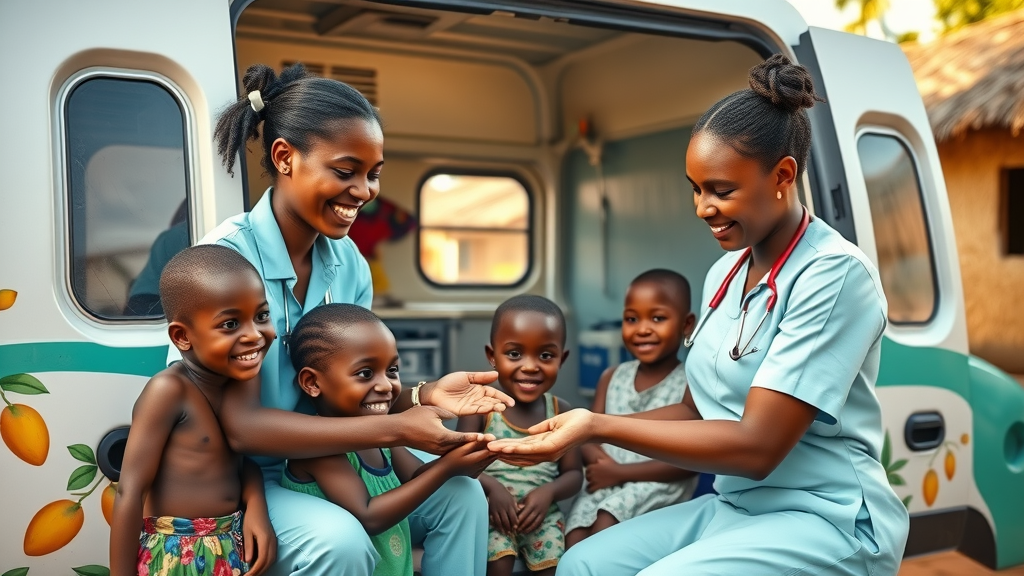
Few initiatives have had as immediate and visible an impact as Case Clinic’s mobile health programs. By literally bringing quality health care to the village gate, these mobile clinics reach populations otherwise excluded from the traditional health system. Rural mothers receive prenatal checkups close to home; elderly patients get medications delivered; children are vaccinated under the direct supervision of both local and visiting health teams.
Case Clinic’s model demonstrates success through multi-layered outreach—combining clinical care, health education, and real-time data collection. Flexibility and community trust are its hallmarks. Whether in the heart of a rural district or the edge of an urban slum, these clinics are a testament to the idea that health services must travel to people—not the other way around.
Capacity Building for Health Workers and Facilities
Workshops for health workers
Innovations in rural health facilities
Public-private partnerships
Sustainable healthcare transformation hinges on capacity building. Through targeted workshops, health workers learn new techniques—from digital recordkeeping to advanced midwifery—that improve the quality of care services. Rural health facilities benefit from small technical upgrades and inventive solutions, such as solar power and portable diagnostics tools. These interventions—often launched through partnerships with local governments and NGOs—increase the resilience of the public health system as a whole.
Public-private partnerships, like Case Clinic’s collaborations with local authorities and other care providers, help amplify the impact. Such partnerships allow for shared resources, broader health worker training, and more robust data analysis across both rural and urban sites. These forward-thinking models are the backbone of a visionary, inclusive health system.
Health Data Analysis: Mapping Needs, Matching Services
Impact of Case Clinic Community Outreach Programs (2019–2024) |
|||
Metric |
2019 |
2024 |
Change (%) |
|---|---|---|---|
Rural Patients Served |
32,500 |
86,000 |
+165% |
Village Health Workers Trained |
420 |
1,300 |
+209% |
Mobile Clinic Visits/Year |
180 |
510 |
+183% |
Immunizations Delivered |
18,200 |
61,400 |
+238% |
Urban Outreach Programs Launched |
2 |
9 |
+350% |

Data is the compass for Uganda’s health system transformation. Through continual health data analysis, Case Clinic and its partners identify service gaps by region, tailor outreach to local disease burdens, and track progress in real time. Results-driven decision-making ensures that resources—whether staff, medicine, or funding—go where they have the greatest impact.
Regular data sharing between local health facilities, the Ministry of Health, and NGOs supports smarter, faster, and more equitable allocation of health services. This model not only prevents the duplication of efforts but also strengthens the overall public health sector. By matching village health worker networks with accurate, on-the-ground information, the care system becomes both responsive and visionary.
The Power of Community Partnership: Collaborating Across Health Facilities
Local Leaders, Traditional Healers, and Religious Institutions
Engaging local government in health service
Empowering lay health workers
Building trust with traditional healers
Effective health service delivery is always a team effort. In Uganda, powerful partnerships between hospitals, community leaders, traditional healers, and religious figures are shifting the landscape of healthcare. Local government engagement ensures that outreach aligns with community priorities, while lay health workers expand both reach and impact of public health messages.
The inclusion of traditional healers, who are trusted advisors in many villages, helps to dispel myths, support early treatment, and encourage wider uptake of medical services. When these community actors are part of the care provider network, health facility effectiveness and cultural sensitivity both rise. This holistic approach truly extends the hospital’s “walls” to the full breadth of the community.
Shared Resources and Collective Impact: Case Studies
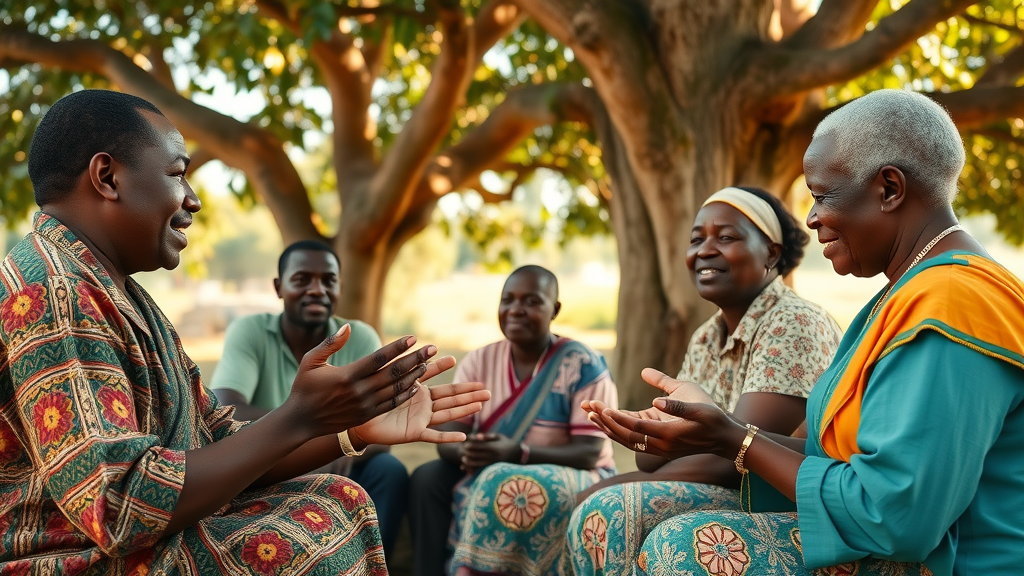
The power of collaboration is best illustrated through real stories. In Mpigi District, joint training sessions enable public health facility nurses, village health workers, and local herbalists to recognize the early symptoms of malaria—leading to a 35% reduction in severe cases. Meanwhile, in urban neighborhoods, partnerships between youth groups, mosques, and mobile clinics result in higher immunization rates and earlier prenatal care among young mothers.
These approaches showcase the transformative effect of sharing resources and expertise. The health sector becomes greater than the sum of its parts, with impacts that reach every corner of Uganda. Whether responding to epidemics or providing day-to-day care services, community-driven solutions are redefining what it means to deliver modern health care.
Measuring Success: Stories from Village Health Outreach
A Rural Mother’s Journey: From Isolation to Safe Childbirth
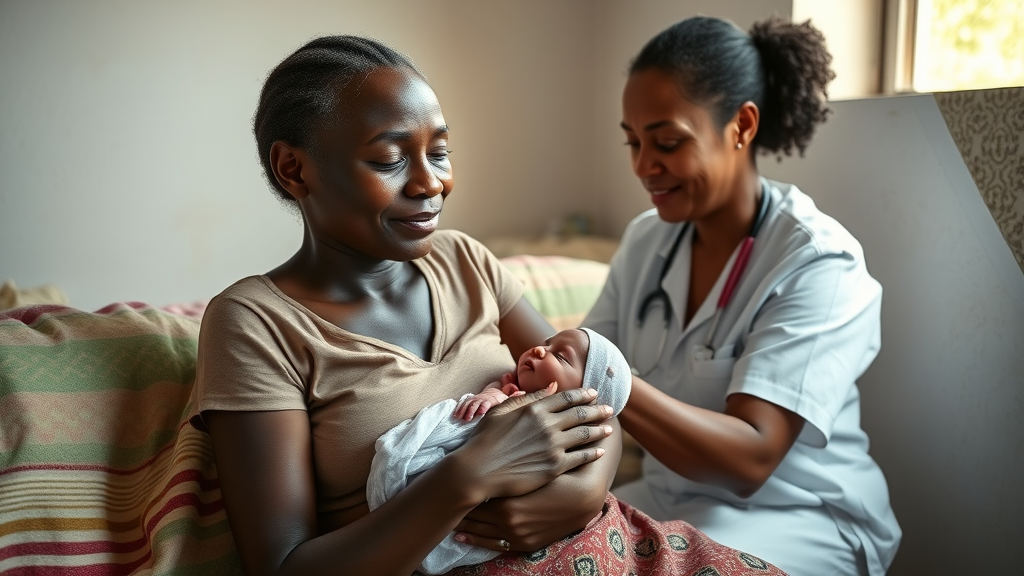
Success in health care cannot be measured by numbers alone—it lives in the stories of individuals. Consider Amina, a pregnant mother in a remote northern district. For months, she had no access to a health facility, no knowledge of birth risks, and little hope for safe delivery. That changed when a mobile outreach team—a nurse, a village health worker, and a trained community midwife—began monthly visits to her village. They provided prenatal education and basic medicines, and coordinated her transportation to a clinic. Thanks to this program, Amina delivered her child safely, joining dozens of mothers now empowered by outreach beyond the hospital’s original “walls.”
Her experience is multiplied thousands of times, as community health models transform the lives of rural families. Outreach not only saves lives—it builds resilience and trust that last for generations.
Urban Youth Health Champions: Peer-led Transformation
"Because the community came to us, we learned the true meaning of health care." – Outreach beneficiary
The story of Stephen, a teenager growing up in Kisenyi’s crowded slums, highlights another side of transformation. Formerly disengaged and at risk from substance abuse, Stephen joined a peer-led youth health champion network supported by a Case Clinic outreach team. Through education, mentorship, and regular screening events, he not only adopted safer behaviors but became an advocate for others. Today, he leads workshops on reproductive health, HIV prevention, and nutrition—reaching hundreds of urban youth who previously felt invisible to the health system.
The results of such programs ripple across neighborhoods: less disease, reduced stigma, and more empowered young people forging Uganda’s future. By supporting peer health educators and urban outreach, hospitals extend their influence far past their physical borders.
Video Case Study: Inside a Mobile Clinic Mission
This video case study provides an inside look at how mobile clinics deliver care to remote Ugandan communities—featuring on-the-ground patient interactions, clinic setup, and interviews with health workers leading the outreach mission. It brings to life the logistical challenges, personal triumphs, and joy of collaborative, community-centered health service.
People Also Ask: Uganda’s Health Care System and Challenges
Q: What are the challenges faced by health facilities in Uganda?
A: Major challenges include inadequate funding, shortages of health workers, limited health facilities in rural areas, and difficulty maintaining consistent care services, as demonstrated by recent data analysis and outreach experiences.
Q: What are the major public health issues in Uganda today?
A: Uganda faces a high burden of infectious diseases (such as malaria and HIV/AIDS), maternal and child mortality, non-communicable illnesses, poor sanitation, and urban slum health difficulties.
Q: What is the healthcare system in Uganda?
A: Uganda relies on a decentralized public health system alongside private and NGO-run health services, with multiple tiers of facilities from local health workers to referral hospitals and ongoing gaps in reach and funding.
Q: What should be done to increase health care services in Uganda?
A: Scaling community outreach, supporting local health workers and facilities, and fostering multisector partnerships are vital for expanding quality health services, as shown by successful Case Clinic case studies.
The Road Ahead: Visionary Models for Sustainable Village Health
Integrated Village Health Facilities: Redefining the Health Facility Footprint
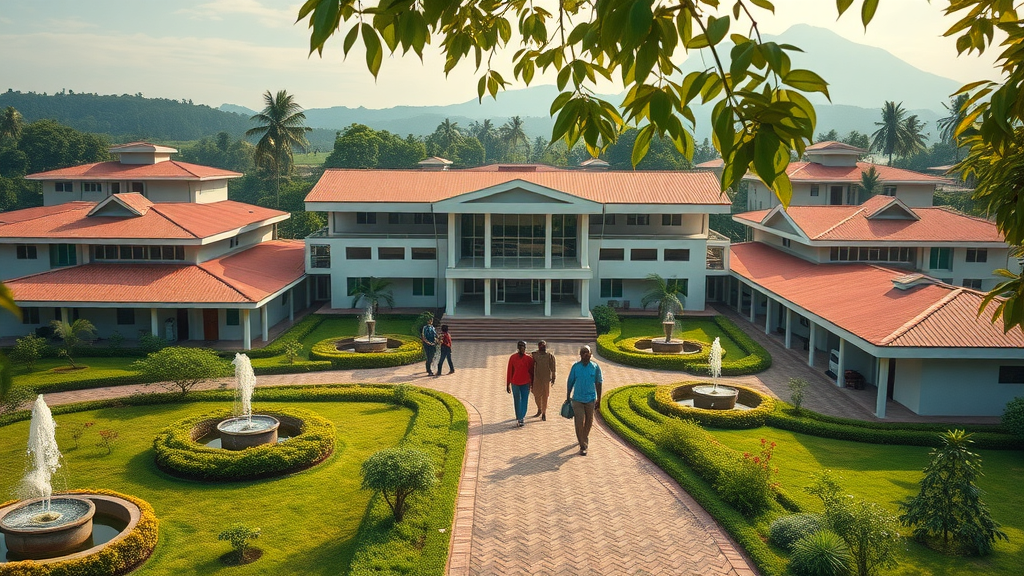
Envision a new kind of health facility footprint—one where the modern hospital sits at the heart of a network of smaller, satellite clinics, all seamlessly integrated with community outreach teams. These integrated village health facilities combine centralized expertise with real-time local care, ensuring continuity for everything from vaccination and maternal health to chronic disease management. The future of health care in Uganda will not be defined by walls that isolate, but by pathways that unite.
In this model, sustainability is rooted in flexible operations, community feedback, data sharing, and ongoing investment in both infrastructure and human resources. The health system becomes a living organism—resilient, adaptable, and closely attuned to community needs.
Digital Innovations and Data Analysis for Rural and Urban Care
Digital transformation is accelerating Uganda’s progress toward universal health. Apps for health worker scheduling and patient tracking, SMS-based follow-ups, and mobile telemedicine platforms are helping bridge the gap for both rural and urban families. Real-time data analysis ensures that outbreaks are caught early, resources redirected where most needed, and programs evaluated transparently. With every technological leap, community health workers and patients become more empowered, and the health system grows more robust.
Empowering Health Workers: Training, Technology, and Incentives
The road to lasting change runs through Uganda’s health workers. Regular training, provision of smartphones and digital diagnostic tools, and fair compensation keep community health teams engaged and effective. Incentives—such as recognition, opportunities for further education, and strong peer networks—reduce burnout and turnover. Empowerment is not only about tools, but about building dignity, purpose, and professional growth into every role within the care system.
Quick Reference List: Key Transformative Actions
Deploy mobile health workers and clinics
Invest in rural health facilities and equipment
Strengthen data analysis for targeted health services
Develop village health worker networks
Encourage multisector community partnerships
Video: Voices of Community Leaders and Health Workers
Hear directly from Uganda’s community leaders and health workers about their journey—challenges, victories, and dreams for a healthier future. These personal accounts highlight the spirit of partnership and vision driving the next era of outreach-focused health care.
FAQs: Community Outreach and the Future of Uganda’s Health Care
How do community outreach services differ between rural and urban sectors?
In rural areas, outreach prioritizes overcoming distances, transportation barriers, and lack of facilities—often through mobile clinics and village health workers. In urban settings, the focus is on countering social and economic exclusion, using peer educators, urban health screenings, and partnership with local organizations to reach under-served slum populations. While challenges differ, the core principle—taking health to the people—remains the same.
Which partners are critical in effective community health models?
Effective outreach requires collaboration between formal health teams, village health workers, local authorities, traditional leaders, religious institutions, schools, and NGOs. Each brings unique insights and trust, amplifying the overall impact. When all partners unite around a shared vision, they build a truly inclusive and sustainable health system.
What future technologies will have the biggest impact in Ugandan health care?
Mobile health apps for diagnostics and follow-up, data-driven mapping of service needs, telemedicine, and digital health record systems will transform outreach, improve tracking, and enable rapid response to public health threats. These technologies promise to close gaps in both rural and urban health care.
How can health workers in villages be empowered and retained?
Investing in regular training, fair incentives, supportive peer networks, and career growth opportunities are essential for sustaining village health worker motivation. Empowerment also comes from community respect and inclusion in the broader health policy conversation, enabling workers to act as both caregivers and community advocates.
Key Takeaways: The Village is the Patient
Lasting health care change is rooted in outreach beyond hospital walls.
Community partnerships amplify impact, especially among the vulnerable.
Every Ugandan health care success begins with empowered local and village health workers.
Sustainable models rely on data analysis, inclusivity, and ongoing innovation.
Conclusion: Reimagining the Borders of Health Care in Uganda
"When we expand our hospital walls to encircle the entire community, we become true healers."
Uganda’s most meaningful health victories will not be won within hospital walls, but at the borders where community and clinic unite. The village is the patient—and every outreach initiative is a step toward a healthier, more just nation.
 Add Row
Add Row  Add
Add 

Write A Comment